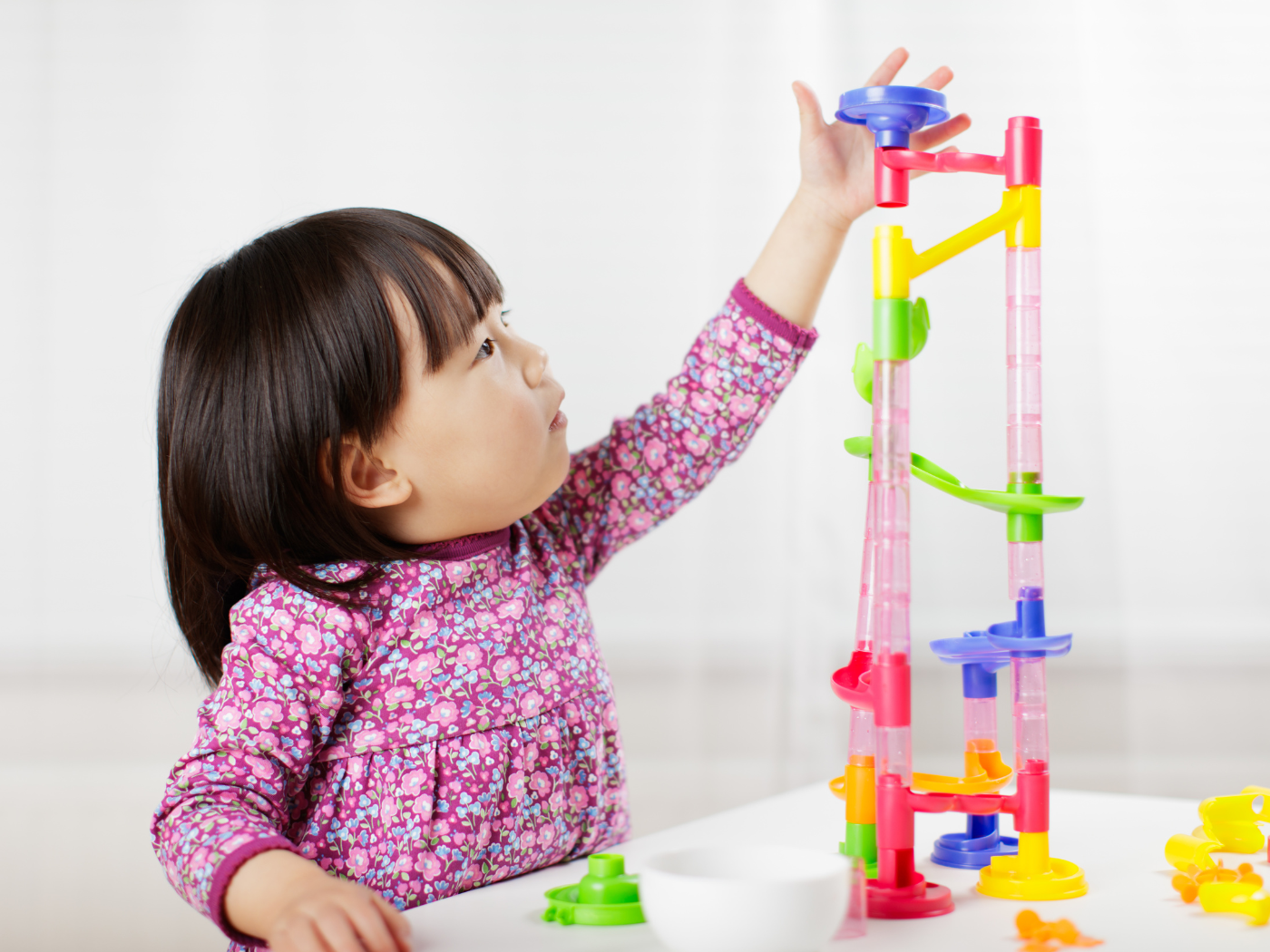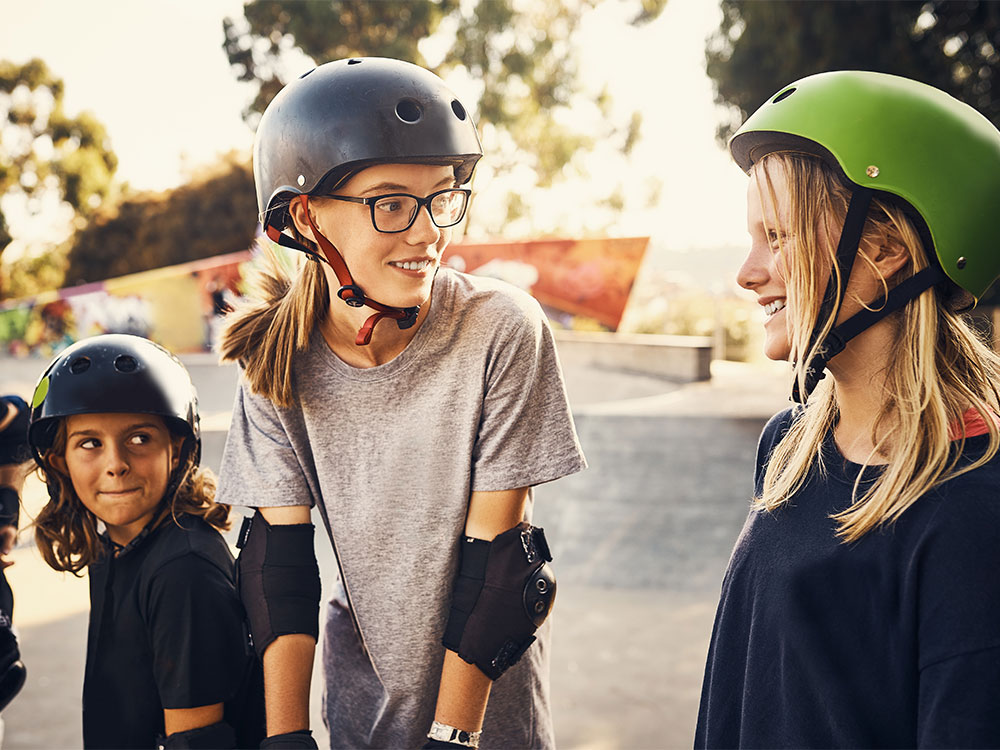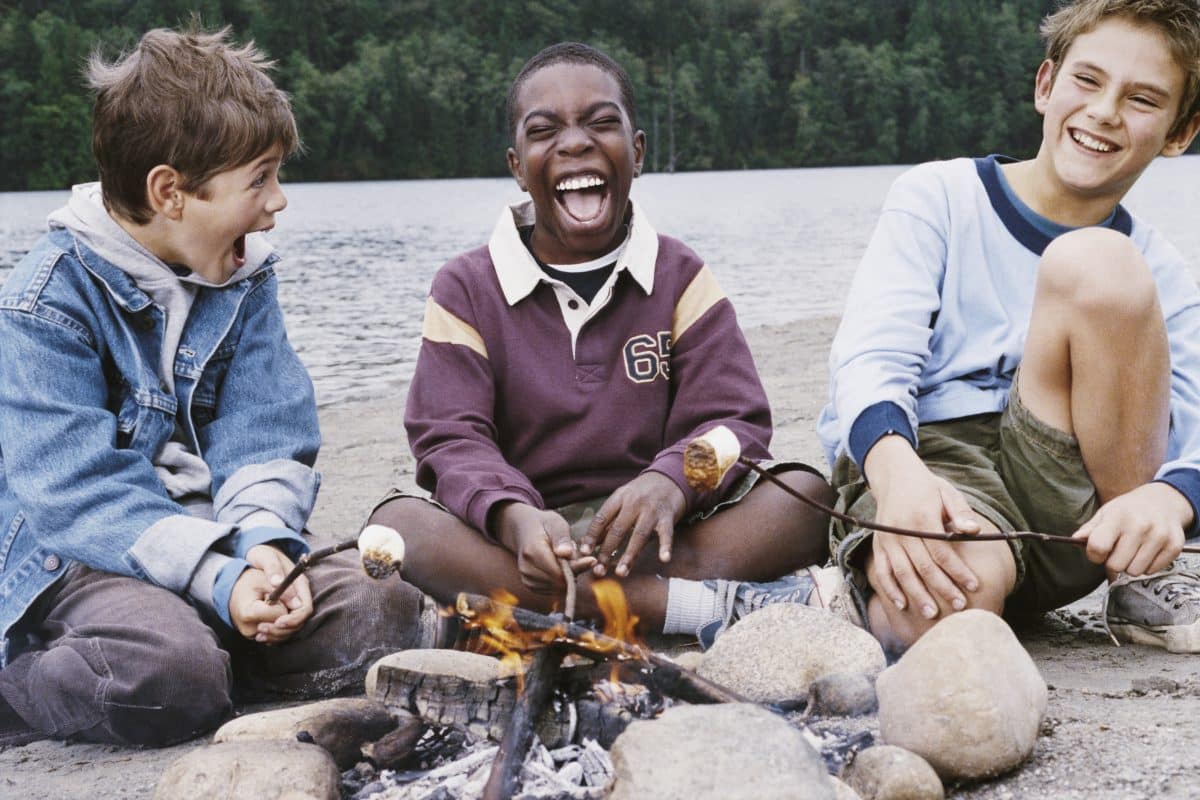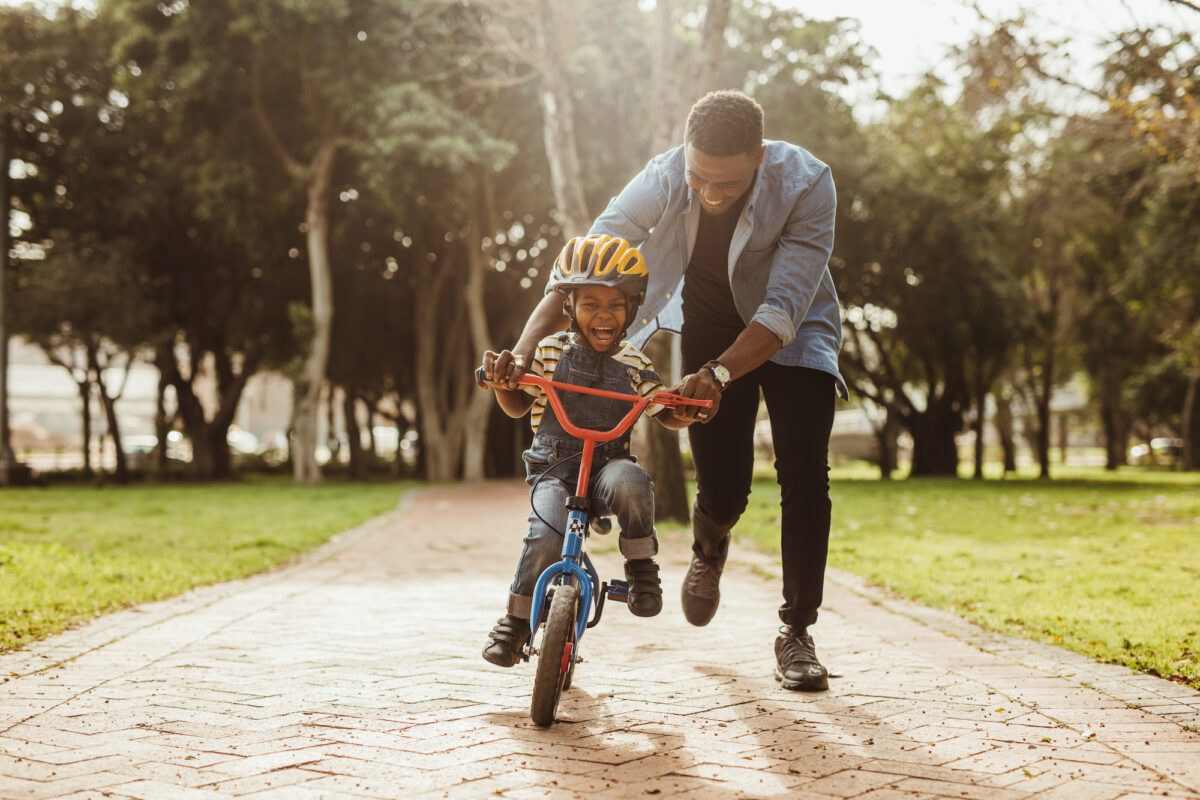Why are toys important in ABA therapy?
Applied Behavior Analysis (ABA) therapy helps children with autism develop the skills to become more independent, communicate more effectively, and improve their quality of life. Kyo Behavior Therapists make ABA therapy naturalistic and fun, using child-centric, play-based activities to help children meet their goals. That includes ABA toys! By integrating each child’s interests and their favorite toys in ABA therapy, children enjoy the experience and make great progress because they’re having such a wonderful time.
The best toys for ABA therapy
The toys we like to use during ABA therapy sessions to help children with autism express themselves and learn through play-based activities. Often, Behavior Therapists incorporate a child’s toys into ABA therapy sessions and sometimes they introduce new toys. The ABA toys we use include sensory toys, fine motor toys, fidget toys, emotion toys, and social skills toys and games.
Here are a few examples of fun and functional ABA toys we think work well for therapy and also just for childrens’ enjoyment at home.
Sensory toys
Sensory ABA toys with different textures, sounds, firmness, and colors can be stimulating or soothing, helping children relax and focus during ABA therapy, depending on the therapist’s goals during a given part of the session.
Theraputty helps children develop fine motor skills with different resistances and also allows them to learn how to play with the soft putty in different ways, and may foster a calm, focused state.
Play-Doh and Cutters Like putty, the soft texture of play-doh can be very calming. Play-Doh offers a multitude of opportunities to work on receptive and expressive language, including color and shape identification. It’s also great for teaching turn-taking, sharing, imitation, and pretend play.
The DNA Ball Squishy Sensory Ball is a stress ball and a sensory toy, where kids push and prod the ball, enjoying the appealing texture. Sometimes sensory toys are offered to a child after they have completed a series of play-based lessons.
Transparent Tactile Shells allow children to use sight, sound, and touch to engage in sensory play. They can be used to develop receptive and expressive language and cognitive skills, including sorting.
The Creature Commforts Weighted Sensory Snake can be safely worn draped over a child’s shoulders or placed in their lap for calming sensory and tactile input. It can be used to work on pretend play and imitation of actions with objects.
This Light-up Orbiter Spinning Wand grabs and holds kids’ attention with lights and moving colors. This is another example of a toy that may be offered to a child as a motivating “reinforcer” following the completion of other activities. Or, it can be used to teach language skills (requesting) and turn-taking.
Fine motor toys
Adding these ABA toys into therapy or playtime can help children develop fine motor skills, as well as language skills and turn-taking.
This Car Ramp Racer mesmerizes children as they race the cars down the track, and also helps with hand-eye coordination and visual tracking, not to mention the concepts of movement and gravity.
Like the car ramp racer, a Marble Run helps with hand-eye coordination and visual tracking. It also allows children to develop their fine motor skills as they build the run, on their own or with help, and race marbles down it.
Magna-Tiles® are colorful and easy for children to use to build anything they can imagine, honing fine and gross motor skills, as well as helping children understand color theory, shape recognition, matching, balance and symmetry, and magnetic principles.
The Magnetic Maze Board helps children develop their fine motor skills as they use magnetic wands to move tiny red and green balls through the maze.
The Thingamajig Sensory Pillow can be used as a sensory toy, but it’s also really a playful instructional tool that helps children build fine motor skills and dressing skills, by using zippers, laces, and clasps.
Fidget toys
Fidget ABA toys provide sensory and tactile stimulation for kids, helping them focus their attention or stay calm in settings like school, therapy sessions, travel, doctor’s appointments, running errands, or attending an event.
Tangle toys feature bright colors, interesting movement, and a variety of textures, to provide children with sensory and tactile stimulation.
The Dimpl Fidget Fun is marketed as a baby toy but is well-liked by many kids, with its bright colors and silicon bubbles to poke and prod.
Emotion toys
These ABA toys teach children how to express their emotions and make decisions.
This set of eight Jumbo Emotion Stones features two versions of each of the four emotions children most readily identify and experience–happy, sad, surprised, and angry.
The Big Feelings Pineapple has 26 different face pieces for kids to use to explore emotions. Whether their pineapple has a contented smile or an anxious frown, children get the opportunity to identify and talk about feelings.
The game What Should I Do Now? provides a relaxed way to teach kids about social challenges. Players read scenarios and write down their response to each one. All answers must correspond to the type of response determined by the spinner–if the spinner landed on “selfish,” players should try to think of what the most selfish response would be. Then, a group leader reads all the answers anonymously and explains each response. There are no right or wrong answers–the purpose of the game is to facilitate discussion and help players talk about their feelings and explore social strategies.
Social Skills Toys and Games
Card games, indoor movement games like Elefun, and outdoor group games, like basketball, soccer, and flag-football help children interact with others and develop their social skills.
ABA therapy with toys
ABA therapy is so much fun when it’s play-based and when motivating toys are used. While we’ve shared a number of ABA toys that are often popular with children with autism, the “right” toys to use during therapy sessions are simply the ones that are the most interesting to your child. ABA Toys that are preferred by one kid may not be preferred by another. Sometimes simple household items such as scarves, tissue boxes, pillows, blankets, pots and spoons can be just as much fun as more elaborate toys. What are your child’s favorite ABA toys? Let us know!




